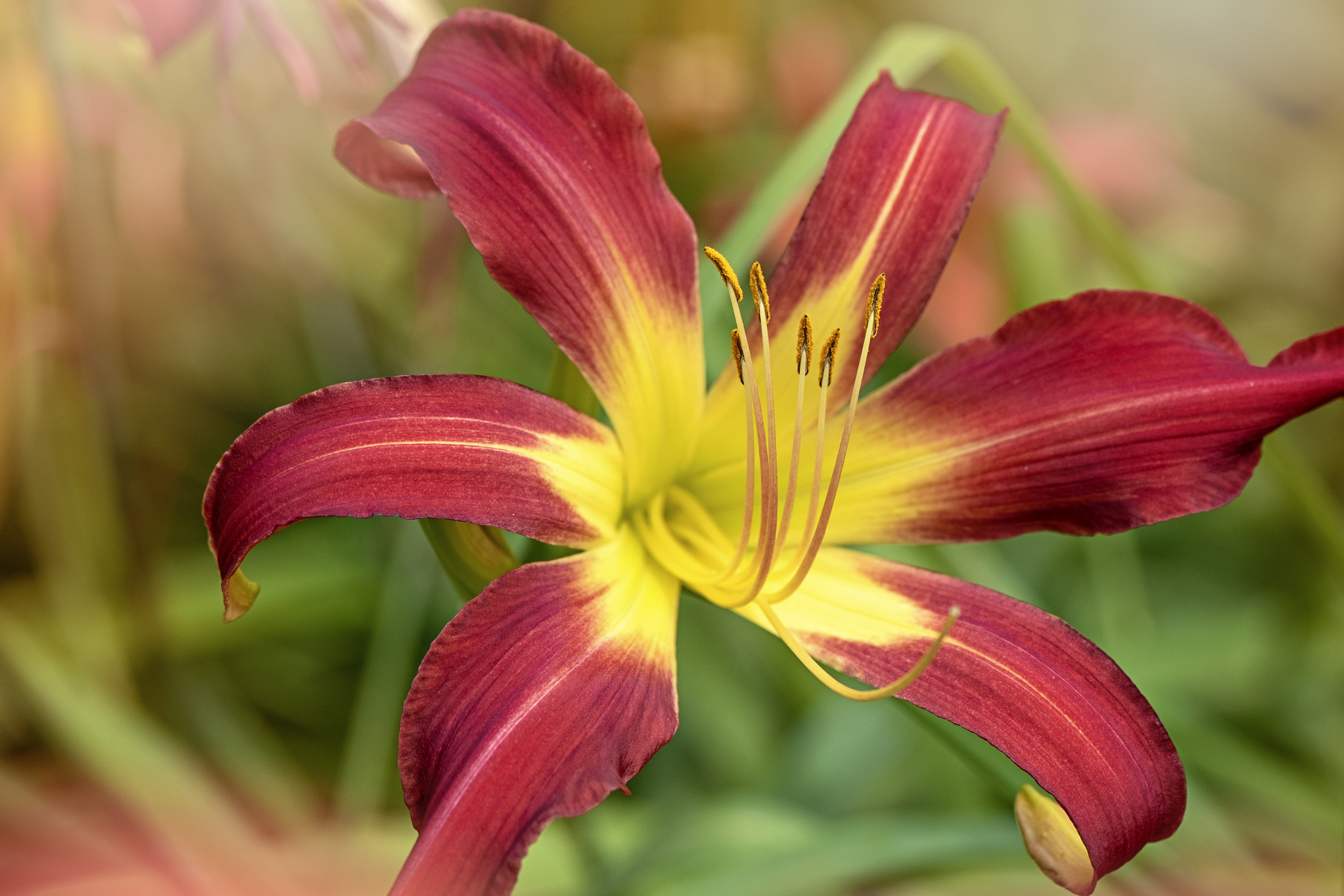Enjoy a fabulous display of lilies with Monty Don’s expert tips
Be inspired by Monty Don and get summer color and scent by planting lilies in pots


Lilies come in a fantastic range of colours, and make an impressive garden display come summer. Many have wonderful scent, too, making them one of our favourite summer blooms.
We were delighted to see that celebrated garden expert Monty Don shares our love of these gorgeous blooms, and has been planting them in containers in order to create what he calls ‘one of the best and most fragrant of summer displays’.
If you‘re as inspired as us to follow Monty’s example and plant lilies in pots this year, just scroll down for his expert tips. And if it’s a complete guide on how to grow lilies you need, you’ll find it in our special feature.
Monty Don’s top tips on planting lilies in pots
Monty Don provided the inside track on planting lilies in pots on his website, and we’re sharing his top tips along with our favourite lily planting and care knowhow.

1. The good news is that most lilies are suitable for your container gardening ideas, so you can pick your favorites. Bear in mind that those that grow tall will need support, and a larger pot will be more stable in this case.
2. Most lilies like ericaceous – that is acidic – soil, Monty advises. Madonna lilies (Lilium candidum), though, he says, prefer alkaline soil.
3. The containers in which you plant lilies should provide good drainage and a loose compost, Monty advises. Monty’s method for achieving this is to mix leaf mould and grit into a bark-based general purpose compost. You could just add perlite or vermiculite, however, he suggests. Find out how to make leaf mould in our guide.
4. You should plant lily bulbs in pots so there’s around 10cm of compost above the crown, Monty recommends. If you’re doing this job for the first time, be aware that the part of the bulb with the fine roots hanging down should face down.

5. When it comes to numbers, think about putting an odd number of bulbs in each pot. Odd numbers are preferable because they create a natural look and an effect that will lead the eye around the display. You can put in three bulbs of around 5 to 8cm in diameter in a pot with a 25cm diameter.
6. You should put the pots in a lightly shaded area once the bulbs are in, Monty says. It’s only when the buds develop in May or June that they should be moved to the location in which you’re creating your display. Because lilies generally like to have their roots in shade and their flowers in sun, Monty suggests a west or east-facing spot that’s sheltered for the best display of blooms.
7. You’ll need to keep the compost in which the lilies are growing moist, but be careful not to water excessively so that it becomes wet.
8. Make sure you tie tall varieties to canes as they grow to give them the support they require. In the summer, use tomato feed every two weeks to keep lilies healthy.

9. Be on your guard for lily beetles. They should be easy to see as they’re red. You can pick them off. Having a garden that supports a variety of wildlife will also help as creatures such as birds and frogs will eat the larvae.
10. As well as making a fabulous display for your patio gardening ideas, a pot of lilies can also be used to fill a gap in your garden borders if necessary.
Safety tip: Please note that lilies including all Lilium species and Hemerocallis species are one of the plants that are poisonous to cats when any part is eaten, and can have serious and even fatal consequences.

Sarah is a freelance journalist and editor writing for websites, national newspapers, and magazines. She’s spent most of her journalistic career specialising in homes and gardens and loves investigating the benefits, costs and practicalities of home improvement. It's no big surprise that she likes to put what she writes about into practice, and is a serial house revamper.
